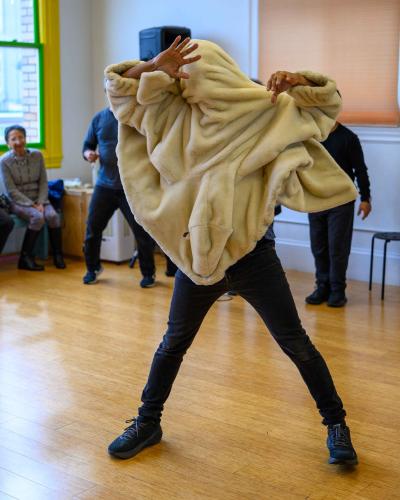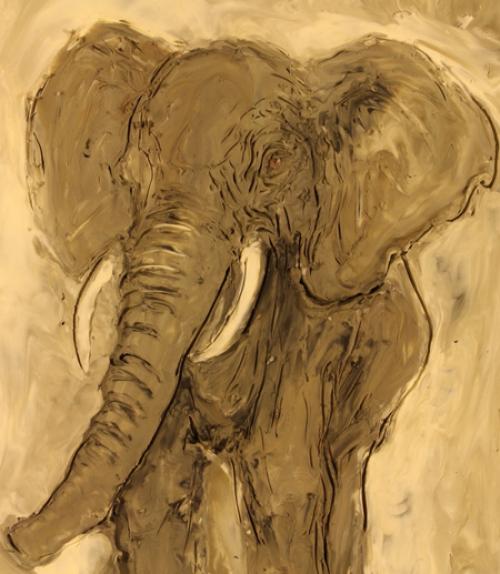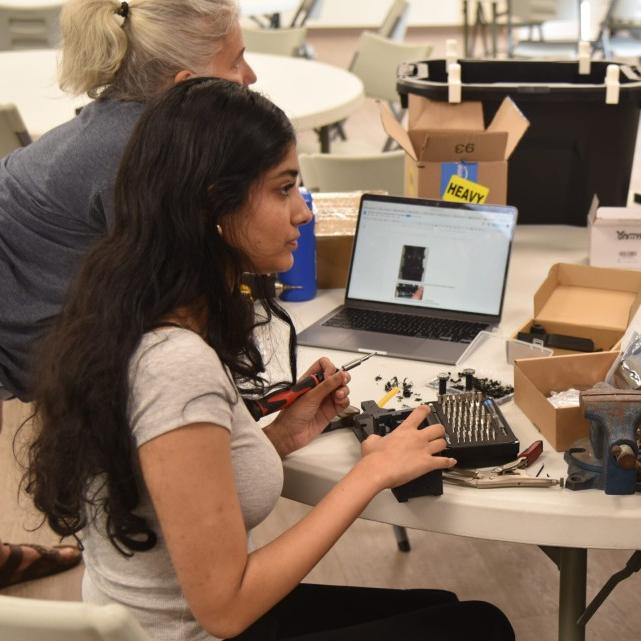
 Department Homepage
The College of Arts & Sciences
Department Homepage
The College of Arts & Sciences
Alumna animator earns festival awards for newest film
Looking at an animated film by Lynn Tomlinson ’88, a viewer feels like they’re in front of an impressionist painting by Van Gogh or the Hudson River School painters, or riding the waves with fishermen in a work by Winslow Homer.Tomlinson uses colorful, clay-on-glass animation to create her stories, a process where oil-based modeling clay is spread thinly on a glass sheet and moved frame-by-frame like a moving finger painting.




